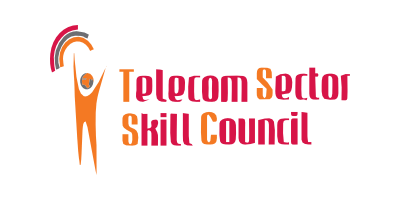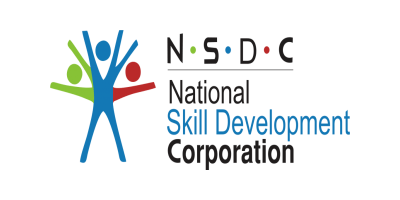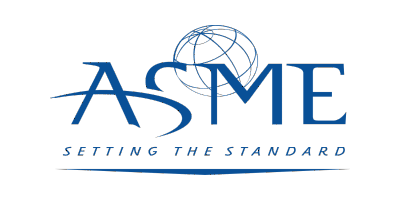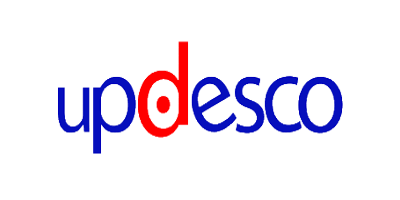Practical Learning
The instructional strategies and practices that make up standard-focused project-based learning are effective in fostering deep content understanding, improving academic achievement, and boosting student motivation to learn, according to the forty years of accumulated research by the Buck Institute for Education. Evidence that has significantly influenced the rising number of schools that have adopted or are thinking about implementing PBL. When the data is examined more closely, it becomes clear that just 1% of schools are using the strategy successfully. The majority of the time, schools' attempts to implement PBL result in them giving up on the endeavor completely. I'll look at the PBL implementation problems in this series of blog posts and talk about how to enhance student and teacher experiences, which can eventually lead to success.
Project-Based Learning: What Is It?- The word "project-based learning" is wide and inclusive, making it challenging to define. It can also be included under other umbrella terms, such as the inquiry-based method, or used interchangeably with problem-based learning. The main tenets of the strategy, which emphasizes "learning by doing," center on students searching for answers to complex problems by posing and refining inquiries, arguing over concepts, formulating hypotheses, planning and conducting experiments, gathering and analyzing data, drawing conclusions, explaining concepts to others, and producing artefacts. Collaboration between students and multidisciplinary research with application to the actual world are other important components. The development of 21st-century abilities, enhanced academic performance, self-discipline, and higher learning motivation are benefits.
“It’s not just learning that’s important, it’s learning what to do with what you learn and learning why you learn things that matters”-Norton Juster
Project-based learning is an ideal goal for schools to pursue since it connects what students learn to the demands of the contemporary workplace. However, an increasing number of professors are giving up on the practice completely due to numerous failures. The two biggest obstacles are adjusting both instructors and students to non-traditional teaching and learning roles, which is a crucial skill that has the potential to cause conflict and student free-riding. Intense workloads for teachers and students, a superficial increase in content knowledge, a lack of clear implementation guidelines, a lack of attention to identified learning outcomes, a lack of trained personnel who can lead PBL, and a lack of sufficient professional development are additional significant challenges.
Teamwork is difficult for both instructors and pupils. Although they understood its significant advantages for students' future jobs, they struggled greatly to make it happen. The way that students feel about working in teams is unclear. Some just despise it, but when placed in a class with dedicated pupils, they appear to enjoy it. Students identify the primary problems they face as free riding, unfair labor distribution, huge groups, poor attendance, or dropping out entirely. According to Maureen Downey's assessment in the article "What Teens Resent: Classrooms Controlled by Students Instead of Teachers," the majority of students detest collaboration because they believe that "the sharpest pupils do all the work."
In an article titled "Building Better Teams for Project-Based Work," Tom Vander Ark reports about Google's efforts to improve teamwork. Good teams had high social sensitivity, where team members could sense how others felt based on their tone of voice and other nonverbal cues.






















